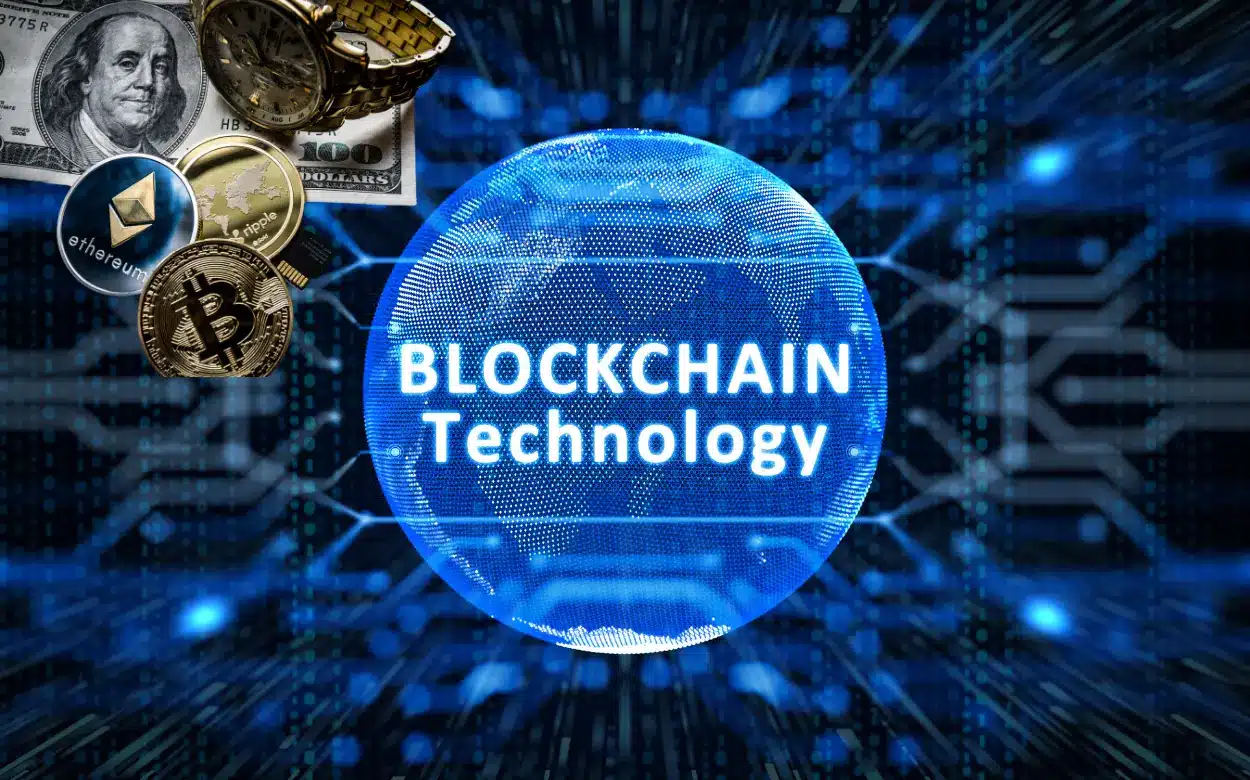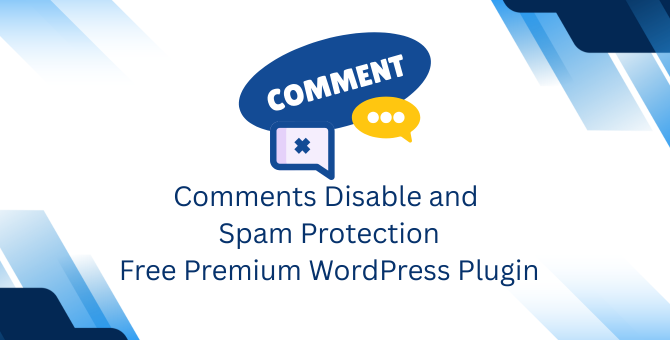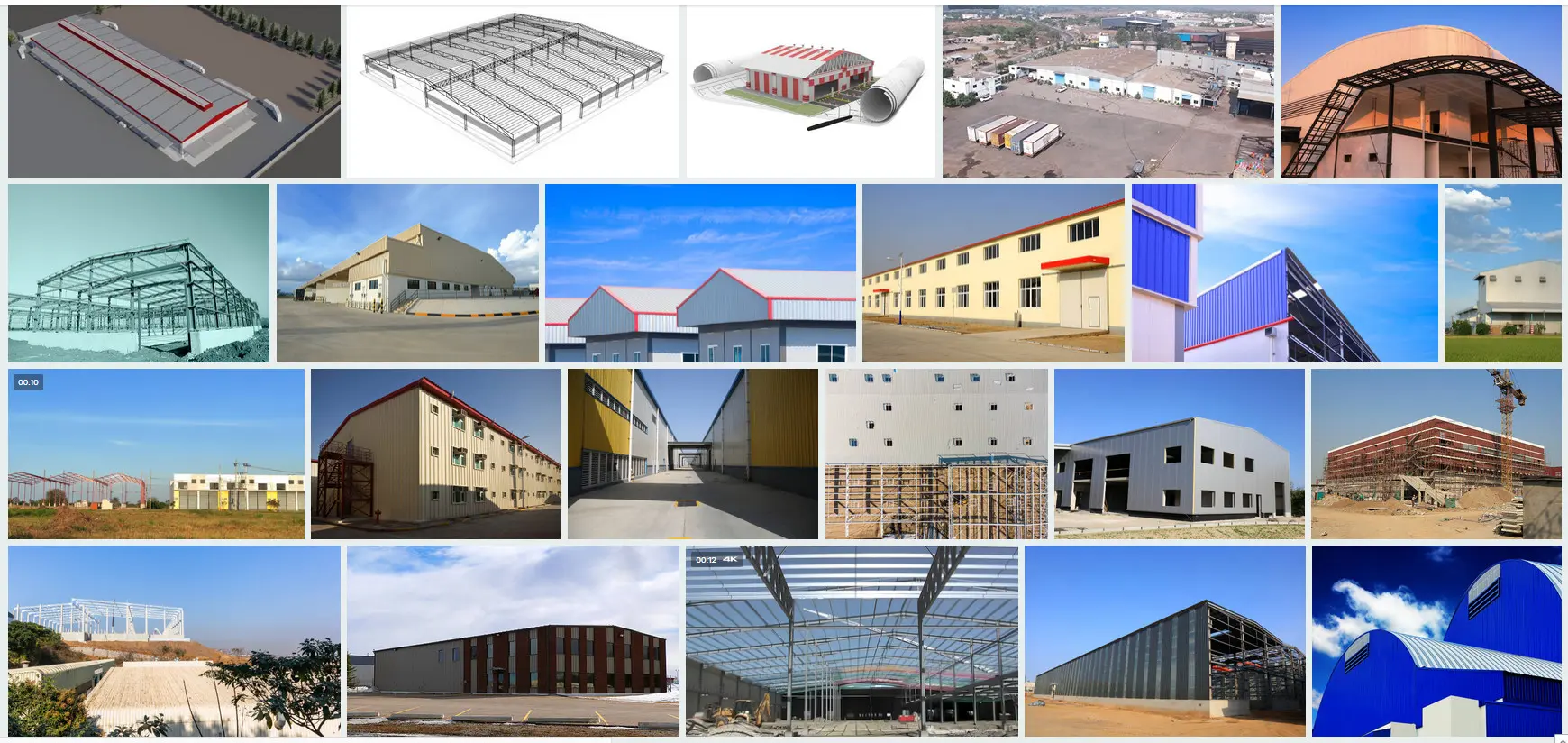Blockchain Development in 2025 AI innovation in Digital World in Pakistan
Blockchain technology has evolved significantly over the past decade, and by 2025, it has reached new heights of innovation and adoption. As more industries recognize the transformative power of decentralized systems, blockchain has become integral not just to cryptocurrencies but to a wide array of applications across finance, healthcare, supply chain, and even governance.
This article dives into the latest trends, technologies, and career opportunities in blockchain development in 2025, including the most in-demand skills and the future potential of blockchain technology.
How to Become a Blockchain Developer in 2025?
Becoming a blockchain developer in 2025 requires a blend of technical knowledge, practical experience, and adaptability. As blockchain technology continues to evolve and its applications expand beyond cryptocurrencies (like supply chain, finance, healthcare, and even voting systems), the role of a blockchain developer has also grown more specialized. Here’s a guide to help you navigate the steps toward becoming a blockchain developer in 2025:
Top 10 Trends Blockchain Development in 2025 AI innovation
1. The Rise of Blockchain Development Careers
Blockchain technology continues to gain traction in 2025, creating an ever-growing demand for skilled developers. In fact, blockchain developers have become some of the highest-paid professionals in the tech industry. The global demand for blockchain developers has surged, with salaries reaching over $136,000 per year in the United States and 60 Lakhs+ experienced developers.
Not only large enterprises like Microsoft, Amazon, Samsung, IBM, and Accenture, but also small and medium startups are aggressively hiring blockchain developers to integrate decentralized systems into their operations. This surge is fueled by the increasing use of blockchain across various sectors such as DeFi (Decentralized Finance), NFTs (Non-Fungible Tokens), Web3, and the Metaverse.
2. Popular Blockchain Networks and Technologies
In 2025, various blockchain platforms have emerged as industry leaders due to their unique features, scalability, and ecosystem benefits. The most notable platforms include:
-
Ethereum 2.0: Ethereum remains the backbone of decentralized applications (dApps) and smart contracts. With the transition to Ethereum 2.0, which introduced Proof of Stake (PoS) instead of Proof of Work (PoW), Ethereum has enhanced its scalability, energy efficiency, and transaction speed. This shift positions Ethereum as the preferred blockchain for most dApp developers.
-
Polkadot & Cosmos: These blockchain networks provide cross-chain compatibility, allowing different blockchains to communicate and interact. This inter-chain capability is crucial for building a more interconnected blockchain ecosystem and is rapidly gaining adoption in 2025.
-
Layer 2 Solutions: With scalability challenges continuing to rise, solutions like Optimistic Rollups and zk-Rollups are increasingly being adopted. These layer 2 solutions allow for faster transactions at lower costs without compromising the security of the base layer.
-
Solana & Avalanche: These are high-speed blockchains that prioritize scalability and low transaction fees, catering to industries that require fast processing times, such as gaming and decentralized finance.
3. The Emergence of Web3, DeFi, and NFTs
2025 marks a watershed year for Web3, Decentralized Finance (DeFi), and NFTs. Web3 represents a paradigm shift in how we interact with the internet, focusing on decentralization, user ownership, and privacy. It is built on blockchain technology, enabling users to interact directly with applications without intermediaries.
-
DeFi has disrupted traditional finance, offering decentralized lending, borrowing, trading, and yield farming. Blockchain technology underpins DeFi applications, allowing for trustless financial services without central authorities.
-
NFTs have revolutionized the concept of ownership in digital art, gaming, and collectibles. By 2025, NFTs are no longer just a trend but an established asset class, with applications extending beyond art into gaming, real estate, and even virtual identities within the Metaverse.
4. Blockchain Development Technologies and Tools
The blockchain development ecosystem in 2025 is more sophisticated and powerful, incorporating a wide array of advanced tools and frameworks. Some of the top technologies and platforms shaping the blockchain development landscape include:
-
Solidity: Solidity remains the most popular language for writing smart contracts, particularly on the Ethereum blockchain. In 2025, new updates to Solidity have improved its security and efficiency, making it even more critical for blockchain developers.
-
Rust: The Rust programming language has seen significant adoption, especially in blockchains like Solana and Polkadot. Its focus on memory safety and performance makes it ideal for building high-performance decentralized applications.
-
Truffle and Hardhat: These frameworks allow developers to write, test, and deploy smart contracts seamlessly. They have become integral tools for Ethereum developers due to their versatility and efficiency.
-
Ganache: For testing blockchain applications, Ganache provides a personal Ethereum blockchain, enabling developers to test contracts without incurring any real-world costs. It’s a vital tool for ensuring that smart contracts work as expected before deployment.
5. Key Skills for Blockchain Developers in 2025
As blockchain technology evolves, so do the skill sets required for blockchain developers. To stay ahead in this competitive field, developers must be proficient in several advanced tools, languages, and concepts:
-
Frontend Development: Modern blockchain applications require a solid understanding of frontend technologies like JavaScript, React.js, and Vue.js to build user-friendly interfaces that interact with blockchain backends.
-
Backend Development: While many blockchain applications are built on decentralized networks, there is still a significant need for robust backend development. Languages like Python, Go, and Node.js are crucial for building the server-side infrastructure for decentralized apps.
-
Cryptography: Blockchain security depends heavily on cryptographic techniques like hash functions, digital signatures, and public-private key cryptography. Understanding these concepts is essential for ensuring that blockchain applications are secure and tamper-proof.
-
Smart Contract Development: Mastering Solidity and Vyper (another language for Ethereum) is essential for developers working on decentralized finance or creating decentralized applications on Ethereum and similar platforms.
-
Blockchain Interoperability: With the rise of multi-chain ecosystems, knowledge of cross-chain technologies like Polkadot and Cosmos is becoming increasingly important. Developers should also be familiar with Layer 2 solutions for scalability.
6. The Future of Blockchain Development
The future of blockchain development in 2025 and beyond is highly promising. As more sectors adopt blockchain for various use cases, developers will have the opportunity to shape the future of industries ranging from finance and healthcare to supply chains and governance.
With the rise of the Metaverse, blockchain will serve as the underlying technology for virtual worlds where users own and trade assets, participate in virtual economies, and establish digital identities. Additionally, the continued development of decentralized autonomous organizations (DAOs) will play a significant role in re-imagining business models, governance, and organizational structures.
7. Blockchain Development Process: A Step-by-Step Guide
Becoming a blockchain developer in 2025 requires a structured approach:
-
Learn Blockchain Fundamentals: Understanding the basic concepts of blockchain, including how decentralized ledgers, consensus algorithms, and cryptographic techniques work, is the first step.
-
Master Blockchain Development Tools and Languages: Get hands-on experience with languages like Solidity and Rust, and learn to use blockchain development frameworks like Truffle, Hardhat, and Ganache.
-
Create Your Own dApps: Start building decentralized applications using platforms like Ethereum, Solana, or Polkadot. Explore real-world use cases in DeFi, NFTs, and Web3.
-
Build a Strong Portfolio: Develop several personal or freelance projects, and showcase them in your portfolio. This will help you land freelance gigs or full-time jobs.
-
Stay Updated with the Latest Trends: Blockchain is a rapidly evolving field. Stay up-to-date with the latest research, technologies, and industry news to remain competitive.
8. Blockchain Security and Privacy Considerations
As blockchain technology continues to evolve, security and privacy have become top priorities. While blockchain offers inherent security features, such as immutability and decentralized verification, new challenges are emerging. For example:
-
Smart Contract Vulnerabilities: Despite their advantages, smart contracts can have security vulnerabilities. In 2025, developers must be adept at writing secure code and using auditing tools to identify and rectify security loopholes in smart contracts before they go live.
-
Privacy Enhancements: Technologies like zero-knowledge proofs (ZKPs) and MimbleWimble are being integrated into blockchain networks to enhance privacy without sacrificing transparency. ZKPs allow transactions to be verified without revealing the underlying data, a crucial feature for privacy-sensitive applications.
-
Regulatory Compliance: As governments worldwide continue to regulate the blockchain space, developers will need to ensure that their applications comply with emerging data protection and privacy laws (like GDPR or CCPA). This is crucial for global projects that need to meet legal requirements in different jurisdictions.
9. Blockchain and the Evolution of Decentralized Autonomous Organizations (DAOs)
In 2025, Decentralized Autonomous Organizations (DAOs) are becoming an essential part of the blockchain ecosystem. These organizations are governed by code rather than centralized leadership, enabling users to make decisions collectively.
Key developments in DAOs in 2025 include:
-
Governance Models: DAOs are revolutionizing traditional governance by providing users with voting rights through tokens. This decentralized decision-making process ensures transparency and equal participation, which could disrupt industries ranging from finance to charity organizations.
-
DAO-as-a-Service: In 2025, platforms are emerging that allow businesses to easily create and manage DAOs, democratizing the use of blockchain governance for all types of organizations. This move could bring blockchain governance tools to everyday businesses and even local communities.
-
Integration with NFTs and DeFi: DAOs are increasingly integrated with NFTs and DeFi protocols, enabling decentralized ownership models and creating opportunities for collective investments in digital assets or real-world projects.
10. Blockchain for Enterprise Solutions: The Adoption of Private Blockchains
While public blockchains such as Ethereum and Bitcoin continue to dominate the decentralized landscape, private and consortium blockchains are seeing significant adoption among enterprises.
In 2025, businesses are focusing on building private blockchains that offer greater control, faster transaction speeds, and enhanced privacy, tailored to meet specific business needs. Major companies like IBM (Hyperledger Fabric) and R3 Corda have been leading the charge in this area.
Benefits of private blockchains include:
-
Enterprise-Level Scalability: Private blockchains can handle large volumes of transactions more efficiently, making them ideal for industries like supply chain management, banking, and healthcare.
-
Reduced Transaction Costs: By eliminating intermediaries and reducing fraud, private blockchains can lower transaction costs, which is especially beneficial for multinational corporations.
-
Governance Control: Businesses can have more control over the blockchain’s governance, choosing who can participate in the network and validating transactions, unlike public blockchains that are open to anyone.
11. The Role of Artificial Intelligence (AI) and Blockchain Integration
AI and blockchain integration is an exciting frontier in 2025, combining the strengths of both technologies. By leveraging blockchain’s immutability and transparency with AI’s data processing capabilities, businesses can unlock new opportunities.
Key areas where AI and blockchain are converging include:
-
AI for Smart Contract Automation: AI algorithms can be used to monitor and automate smart contracts based on changing data inputs. For example, in decentralized finance (DeFi), AI could help adjust lending rates or execute trades based on market trends in real-time.
-
Enhanced Security with AI: Blockchain’s inherent security features, like encryption, combined with AI-powered anomaly detection, can create a highly secure infrastructure for sensitive data and transactions. AI can identify and flag suspicious activities on the blockchain, providing an additional layer of security.
-
Supply Chain Optimization: AI and blockchain together can improve transparency and traceability in supply chains. AI can analyze data from IoT devices on the blockchain, ensuring that products are tracked from production to consumption while also ensuring authenticity and ethical sourcing.
12. Blockchain in Global Supply Chains: Enhancing Transparency and Efficiency
Blockchain is playing an increasingly important role in transforming global supply chains by providing a transparent, immutable record of every step in the supply chain process. In 2025, several global companies have integrated blockchain to tackle inefficiencies and trust issues in their supply chains.
Key benefits of blockchain for supply chains include:
-
Traceability: Blockchain allows stakeholders to trace the journey of a product from raw material sourcing to final delivery, ensuring that products are ethically sourced and reducing fraud.
-
Reduced Costs: By eliminating intermediaries and automating processes, blockchain reduces overhead costs and speeds up transactions.
-
Real-Time Updates: Blockchain provides real-time updates on the status of shipments, helping reduce delays and improve coordination among stakeholders.
13. Blockchain and the Future of Digital Identity
Digital identity management has long been a challenge in the online world, but blockchain has the potential to solve this problem. By 2025, blockchain-powered self-sovereign identity (SSI) solutions have become mainstream. These solutions give individuals full control over their personal data and allow them to share it securely without relying on centralized authorities.
Benefits of blockchain for digital identity include:
-
Security and Privacy: Users can maintain control of their personal data, preventing unauthorized access and ensuring privacy.
-
Reduced Fraud: With blockchain’s immutable nature, digital identities cannot be altered or stolen, reducing identity theft and fraud.
-
Ease of Access: Blockchain can facilitate easier access to services that require identity verification, such as banking, healthcare, and government services.
14. Blockchain in Healthcare: Revolutionizing Data Security and Patient Privacy
Blockchain technology is transforming healthcare by providing secure, decentralized solutions for managing patient data, reducing fraud, and improving interoperability between healthcare systems.
In 2025, blockchain is increasingly used for:
-
Secure Patient Data Management: Blockchain’s immutability ensures that patient records cannot be tampered with, improving trust and security in healthcare systems.
-
Decentralized Clinical Trials: Blockchain helps increase transparency in clinical trials by ensuring data integrity and making it easily accessible to all relevant parties.
-
Smart Contracts for Healthcare Transactions: Healthcare providers can use blockchain for managing contracts, payments, and insurance claims in a secure, efficient, and transparent manner.
Blockchain technology in 2025 is no longer just about cryptocurrency. It has evolved into a powerful tool for innovation across industries. From enterprise solutions and DAOs to integration with AI and healthcare, blockchain is creating a decentralized future that promises greater transparency, security, and efficiency.
For developers, blockchain presents exciting career opportunities, as it continues to transform everything from finance to healthcare, supply chains, and beyond. As the field continues to grow, those who stay updated with the latest trends and technological advances will be at the forefront of this global digital revolution.




